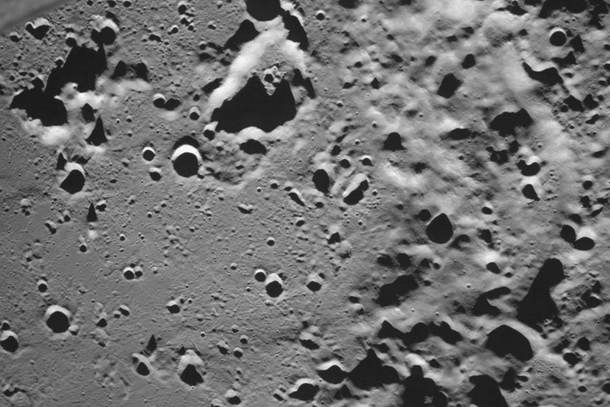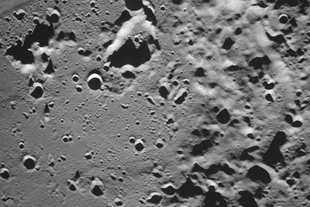Science
NASA Images Reveal 10-Metre-Wide Crater Left By Russia's Failed Luna-25 Moon Mission
Bhuvan Krishna
Sep 01, 2023, 03:59 PM | Updated 04:12 PM IST
Save & read from anywhere!
Bookmark stories for easy access on any device or the Swarajya app.


Russia's recent Luna-25 mission ended in failure, resulting in a 10-meter wide crater on the moon's surface.
NASA has released images showing the aftermath of the crash, which occurred due to difficulties encountered during the mission's attempted soft landing on the moon's south pole.
Luna-25 was intended to be Russia's first moon mission in nearly five decades.
Unfortunately, on 19 August, the spacecraft lost control and crashed into the moon.
The Lunar Reconnaissance Orbiter (LRO) spacecraft operated by NASA has identified a new crater on the moon's surface. After careful analysis, it has been determined that this crater is likely the impact site of Russia's Luna-25 mission.
According to NASA, the newly discovered crater has a diameter of approximately 10 m.
Given its proximity to the estimated impact point of Luna-25, the LRO team believes it is highly probable that this crater was caused by the failed mission, rather than a natural occurrence.
After the crash, Moscow established a special inter-departmental commission to investigate the reasons for the loss of the Luna-25 spacecraft.
This commission will conduct a thorough investigation to determine the exact causes behind the incident.
The recent crash of the Luna-25 spacecraft highlights the decline of Russia's space power since the Cold War era.
During that time, Moscow achieved significant milestones such as launching the first satellite, Sputnik 1, into orbit in 1957, and sending Soviet cosmonaut Yuri Gagarin as the first man to travel into space in 1961.
However, the failure reflects a shift in Russia's space capabilities.
Bhuvan Krishna is Staff Writer at Swarajya.




